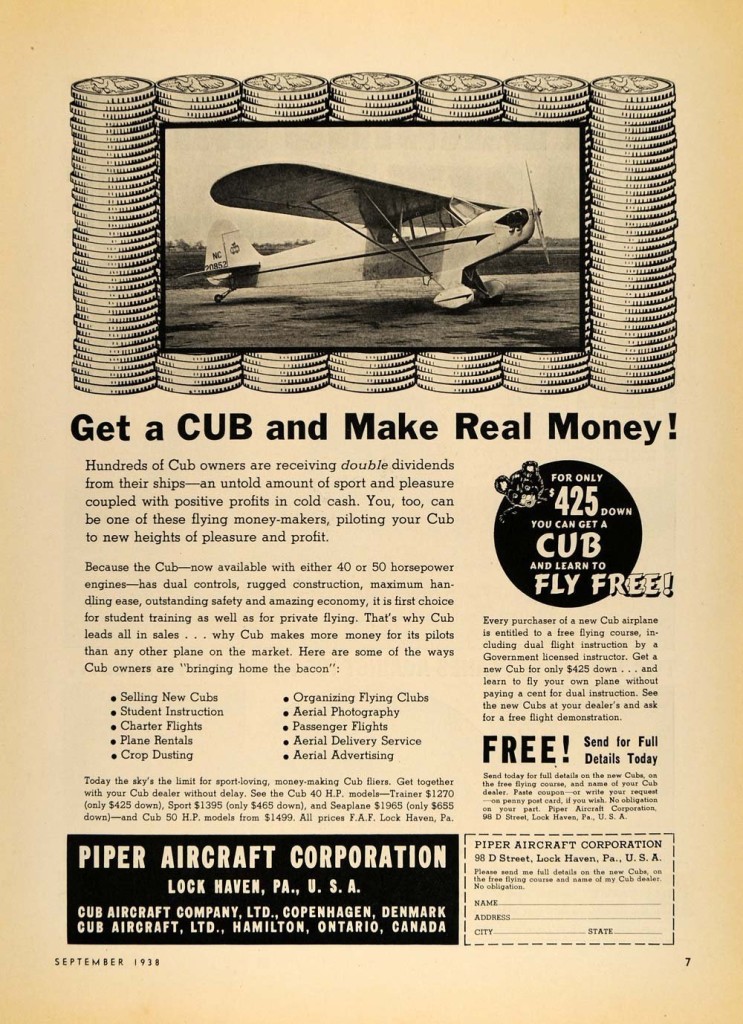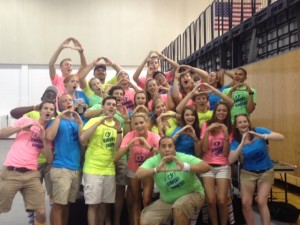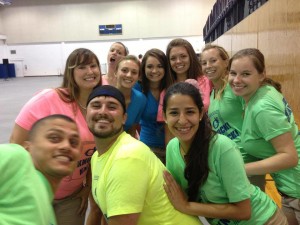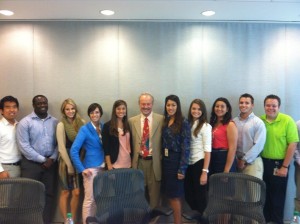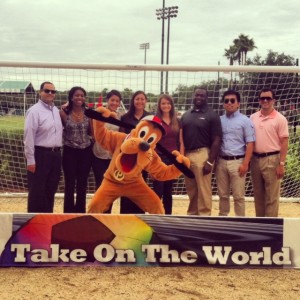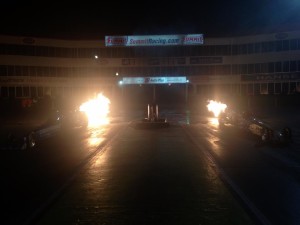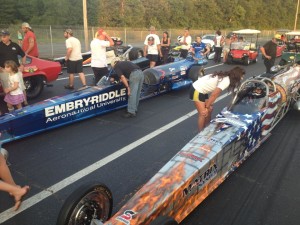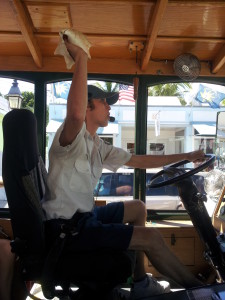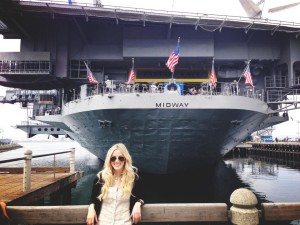As an aviation business major here at Embry-Riddle, I have taken a lot of neat classes in the past three years. Everyone likes classes that make you think and answer real-world questions, and Airline Management taught by Dr. Abdelghany here in the College of Business is one of those courses. In Professor Abdelghany’s class you learn the management side of airline operations, which is a very complex model in itself. From who is involved with each and every flight, to how an airline schedule is built and run on a day-to-day basis, to how an airline recovers from a major storm just like Winter Storm Ion that just blasted through the Midwest and the East Coast, most every part of airline management is covered.

At landing slot controlled airports, only so many flights can takeoff and land per hour all based on what airline “owns” each slot. With any storm, the number of flights that can operate per hour is decreased because of the weather conditions which impacts every flight in the system. This diagram shows the impact during a weather system and a recovery plan below depicting what flights depart when to recover operations.
Here this week we saw US major airline jetBlue cancel all of its flights from its four major Northeast US airports: New York JFK and LaGuardia, Newark, and Boston. Some stated that they thought it was a sign that jetBlue, or B6 as it’s known in the industry, was on the brink of failure, on the verge of shutting its doors. In my opinion, I think it is a great way for jetBlue to recover from the terrible start to the winter season. Two major weather systems have wrecked airline schedules to start 2014, and the flights you see on the boards aren’t the only things affected. Resources, including airplanes and crews are misplaced at different destinations and duty hour limits (maximum hours one can work per day) are reached at difficult times. Not only are resources limited, but worker safety is a giant factor as well. In Indianapolis this week, exposed skin could potentially be hurt via frost bite in as little as five minutes meaning that ground crews are stressed to the max in the frigid temperatures.

Every box indicates a flight which has resources involved including the airplane, the pilots, the flight attendants, gates, etc. When a flight is delayed, a domino effect happens and all flights later on down the schedule using the previous resources are affected as shown here.
This and more is discussed in the Airline Management course at Embry-Riddle, making students in the Aviation Business major or minor very well prepared for a successful career in the aviation industry and the airlines specifically. So the next time a flight is delayed and folks are wondering why, step back and look at all of the things affected by a major storm.

Major winter storms like Ion in January 2014 affect airports all across the world. Here you can see that it takes a massive effort between airport, airline, and government officials to get airline schedules back on track.
Happy flying,
Kyle




